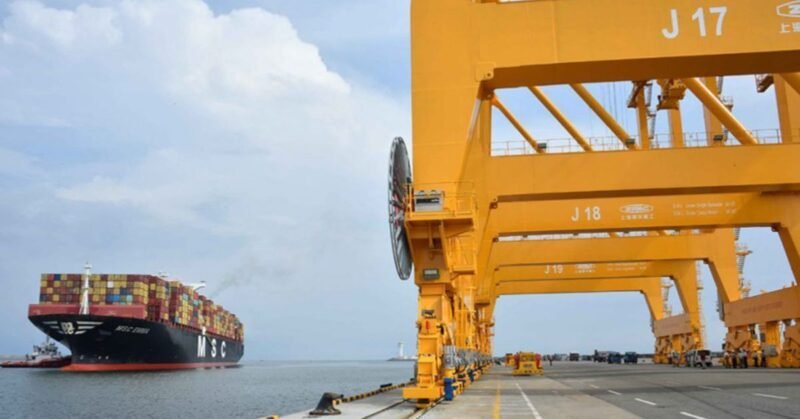Several new storage locations for containers have been established at the Colombo Port, resulting in a reduction in container overloading on shipments. Sri Lanka Customs reported that 472 containers were cleared from the port’s main yard, with a total of 547 containers cleared overall. This rapid clearance of containers within a 24-hour period has helped alleviate the congestion at the port significantly.
In response to concerns about delays in container clearance at Colombo Port, Sri Lanka Customs has implemented a special program under the guidance of the country’s President. The initiative has led to the clearance of 459 containers from Colombo Port and an additional 242 containers from RCT and Grayline 1 and 2 shipyards post inspection. However, despite the capacity to clear around 500 containers daily, there are lower clearance rates due to a lack of clearance agents and truck drivers, resulting in ongoing backlogs.
Despite efforts to streamline the process, challenges persist at Colombo Port, with around 496 containers awaiting transfer to inspection yards despite having gate permits. Moreover, 603 containers that have been cleared by customs are not being picked up by importers and agents, exacerbating congestion issues at the port’s terminals. The situation underscores the need for continued efforts to address congestion and streamline operations at Colombo Port.
The establishment of new container storage locations at Colombo Port has played a crucial role in reducing overloading and congestion issues. Despite ongoing challenges and backlogs, the rapid clearance of hundreds of containers within a day is a significant step towards improving efficiency at the port. As efforts continue to address delays in container clearance and streamline operations, the focus remains on ensuring the smooth flow of cargo operations at one of South Asia’s key maritime hubs.
Share it now












